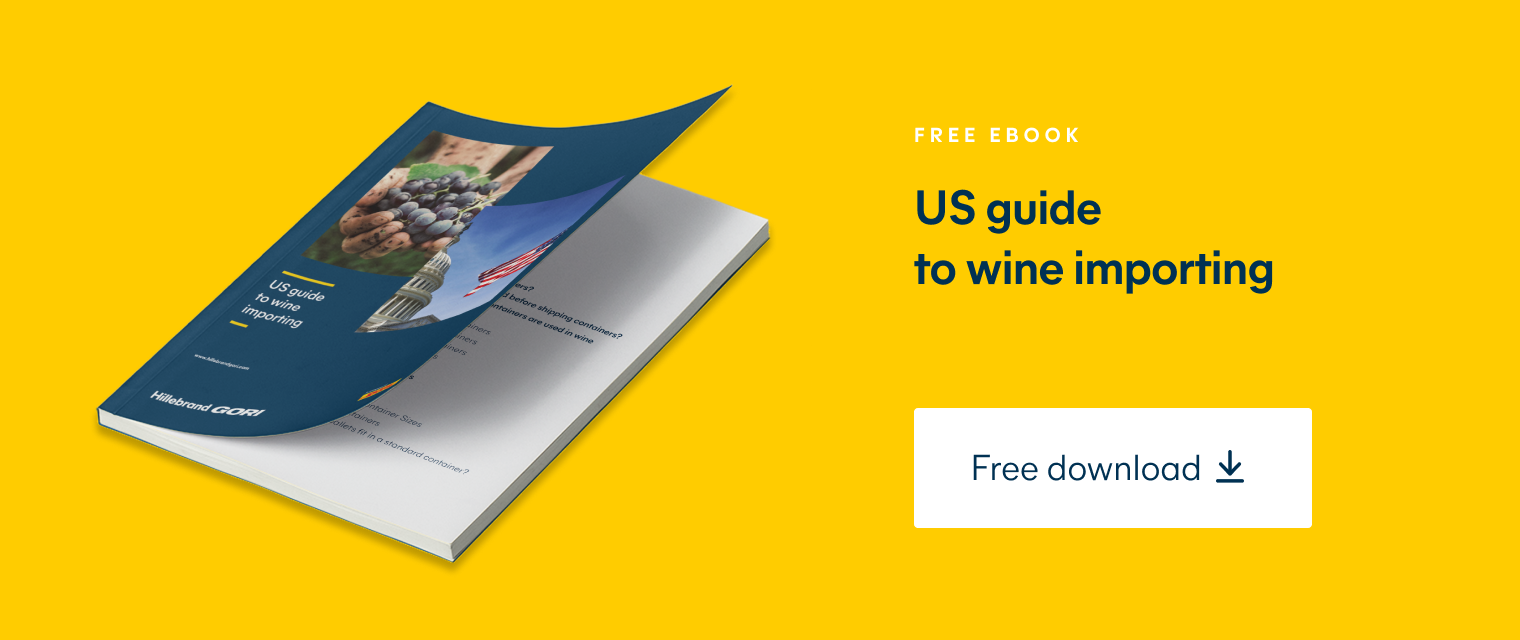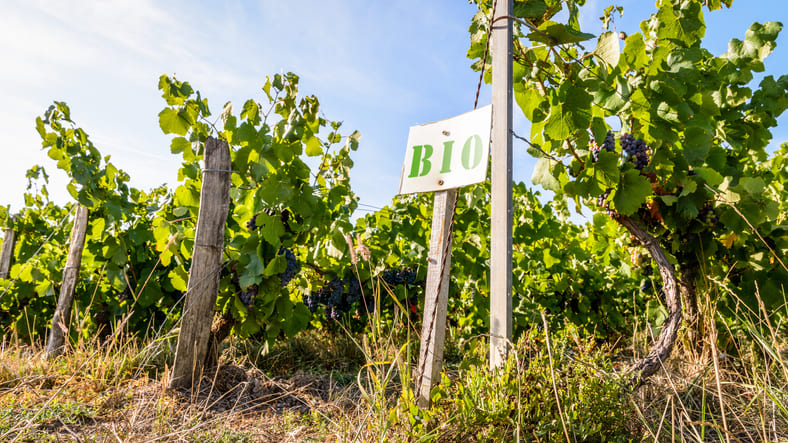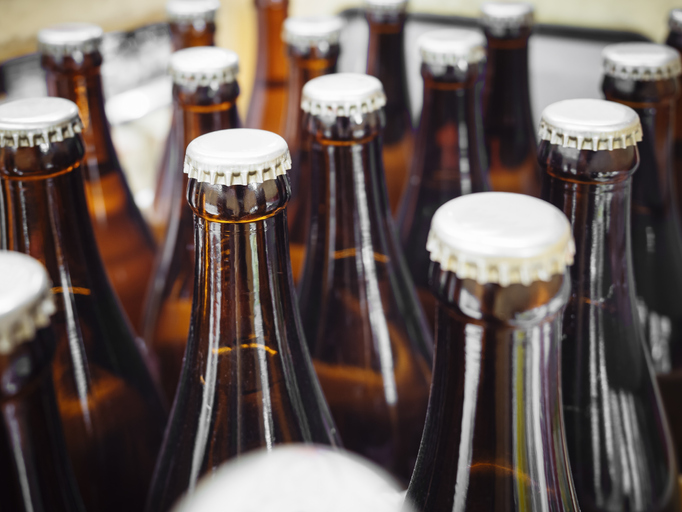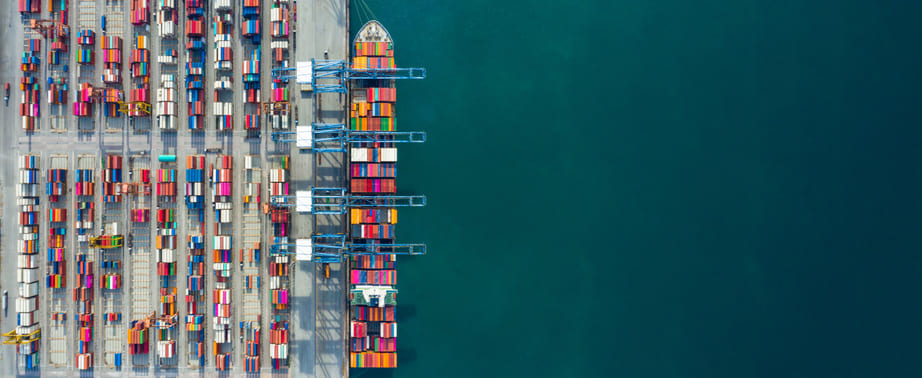Inland Transportation: The Wine Importer’s Guide
Table of contents
- What is inland transportation?
- What are different types of inland transportation?
- Why use inland transportation?
- How does a freight carrier fit into inland shipping?
- What are inland freight charges?
- What are the challenges of inland transportation?
- What container options are available with inland transportation?
- When is inland transportation the best option?
Regardless of how your wine, beer, and spirits travel from their origin to their destination, inland transportation is an inevitable part of the journey. Important things to consider when transporting by road or railway include insurance and the type of container you need to protect the quality of your beverages as they travel through different climates.
What is inland transportation?
Inland transportation, also called overland transport, might entail a combination of roads and railways, or it could just involve one mode of transportation. Inland transportation can be intermodal, which means that your container isn’t unpacked and can be transferred easily from train to truck or vice versa. Inland transportation over short distances is sometimes also called domestic transport.
Journeys involving different modes of transportation are known as multimodal transport. Inland transportation can be part of a multimodal journey that also includes travel by sea. Even if you rely on sea freight, some inland transportation is required to carry your wine from the port to its final destination.
What are different types of inland transportation?
You may have multiple options for inland transportation depending on where your beverages come from.
Road transportation
Some degree of road transportation is always necessary. Road freight is the most flexible mode of transportation because roadways are so extensive, and journeys can be adjusted to avoid delays. Road transportation includes drayage, which is a term used in the U.S. to describe the movement of containers from port to warehouse around the country.
Rail transportation
Transport by train, also known as rail freight, can be a cost-efficient alternative to road transport. Rail transportation is also better for the environment because it produces less carbon emissions and requires less fuel.
Barge transportation
In contrast to sea freight, barge transportation involves short-distance travel through inland waterways. Barge transportation can be more convenient than road and rail freight in some regions.
Why use inland transportation?
Inland transportation is usually the only option for short distances, such as trips from ports or rail terminals to warehouses. Within most of the continental U.S., trucks and trains are the standard modes for transporting wine, beer, and spirits. Inland transportation is less common in Eurasia, but railways have been expanding in the region. For example, about 1.5 million bottles of red wine travel from Spain to China each year via a railway that runs from Madrid to Yiwu.
In recent years, labour shortages and climate change have caused supply chain disruptions all over the world. In the Panama Canal, for example, water levels are low due to the El Niño phenomenon, which will likely lead to cargo ship bottlenecks. Even in cities where sea freight is the standard mode of shipping, importers can look to inland transportation as a faster alternative.
How does a freight carrier fit into inland shipping?
Kobrand Fine Wine and Spirits in New York has been working with Hillebrand Gori for the past 20 years. Today, Kobrand has an extensive US distributor network with every state in the contiguous US. With this distribution setup, inland transportation, specifically drayage, is a critical and complex piece of their operations.
“The container delivery team really did a great job keeping me informed when there were changes and exceptions,” says Dean Ubriaco, who is the Director of Operations and IT at Kobrand.. “Having a provider with a diversified network of drayage providers, and even flexibility to shift to alternative modes of transport, was the only way to keep products out of gridlock during those times.”
Dean relies on myHillebrandGori for shipment visibility and regular communication from Hillebrand Gori’s container delivery team to stay updated on the sheer volume and scope of the company’s drayage deliveries. Dean can actively monitor the changes in delivery and lead times, which is a key component for forecasting and keeping distributors in stock.
“Companies that partner with Hillebrand Gori for the entire shipment process, from origin to delivery, are able to take advantage of the order management and visibility tools needed to manage their business,” he says.
What are inland freight charges?
There are several costs you can expect to see in your inland transportation quote, including:
- Physical movement by the carrier
- Fuel
- Customs clearance
- Insurance
- Container type
A freight carrier like Hillebrand Gori can handle all of the logistics associated with inland transportation, from customs paperwork to carrier communication. The costs associated with inland movements are detailed in your transportation quote.
What are the challenges of inland transportation?
Some degree of inland transportation is unavoidable, but when you have the choice over sea or air freight, consider the potential challenges.
It not always less expensive
In many cases, sea freight is less expensive than road freight. It all depends on the journey and route.
It’s not always available
All modes of transportation depend on the availability of equipment and drivers, and many areas are suffering from driver shortages.
Accidents can happen
Any type of transportation comes with risks. In the case of inland transportation, traffic accidents and trail derailments are always a possibility, which is why insurance is so important.
What container options are available with inland transportation?
If you’re moving bottles of wine, you have the option of Full Truck Load (FTL) or Less Than Truckload (LTL). If transporting in bulk, you can choose between flexitanks or ISO tank containers.
Since wine is temperature-sensitive, it needs to be transported in a temperature-controlled environment. Hillebrand Gori offers refrigerated vehicles and insulation liners that help protect the quality against temperature and humidity.
When is inland transportation the best option?
Efficient and reliable transport is essential in the wine industry. That said, there’s no one-size-fits-all solution. A freight carrier like Hillebrand Gori can help you figure out if inland transportation is the best option for you.
Hillebrand Gori provides global tracking so that you can keep up with your wine, beer, and spirits in real time. Contact us today for a quote and learn more about our wine shipping services.
Published 10th January 2024
Inland haulage is the movement of containers from a seaport to an inland container freight station. Inland haulage is technically a type of drayage.
Inland operations is a term used for all of the logistics operations involved in inland transportation, including warehousing and shipping.
Inland storage facilities, also called inland container depots or dry ports, are used to temporarily store and repair containers as they travel between major ports.
Inland charges include all of the transportation costs involved in moving containers to and from a seaport.
How can we help your business grow?





